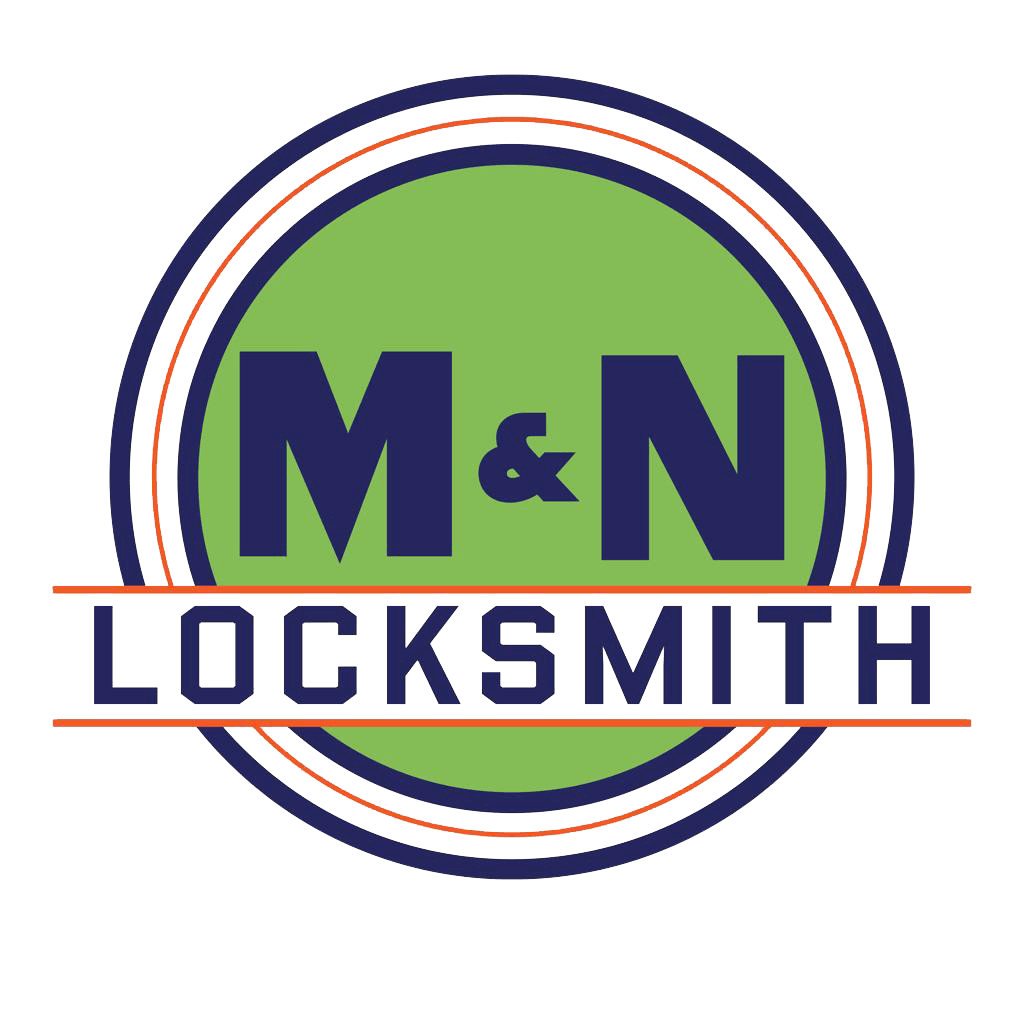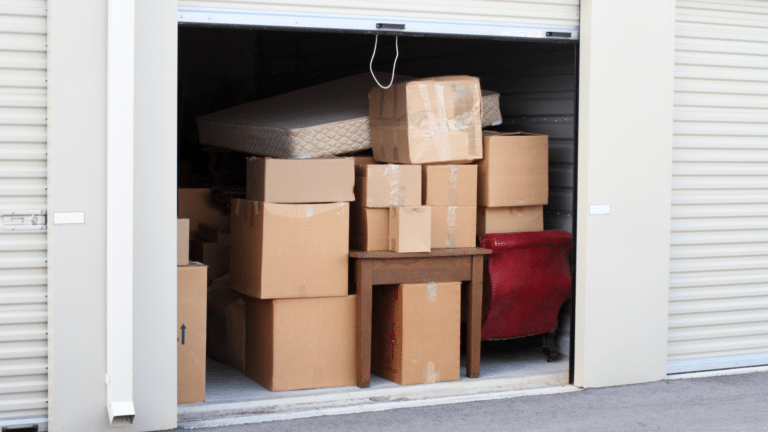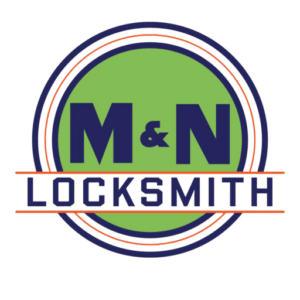Mastering Storage Unit Security
Before diving into storage unit security strategies, it’s essential to understand the potential risks associated with storing items in a storage unit. From theft and vandalism to environmental hazards such as water damage and pests, being aware of these risks is the first step in developing a robust security plan.
Choosing the Right Location and Facility
Selecting the right storage facility requires a careful evaluation of multiple factors beyond mere convenience. Location plays a pivotal role, as it determines accessibility and potential risks such as environmental hazards or crime rates in the area.
Furthermore, scrutinize the security features offered by the facility. Gated access provides an initial layer of defense against unauthorized entry, limiting access to tenants and authorized personnel only. Surveillance cameras offer continuous monitoring, deterring potential intruders and providing crucial evidence in the event of a security breach. Additionally, facilities with on-site staff presence offer an extra level of security, ensuring immediate response to any suspicious activity or emergencies.
.
Investing in Quality Locks and Security Systems
Ensuring the security of your storage unit begins with the selection of reliable locks. Opting for high-quality locks is essential, as they serve as the first line of defense against unauthorized access. Heavy-duty padlocks and disc locks, engineered specifically for the unique requirements of storage units, offer superior strength and resistance to tampering.
In addition to robust locks, complementing your security setup with a comprehensive security system further fortifies your defenses. Installing alarms, equipped with motion sensors, provides immediate alerts in the event of any unauthorized entry attempts. This proactive approach acts as a deterrent and enables swift response to potential security breaches.
Furthermore, integrating remote monitoring capabilities into your security system allows you to keep a vigilant eye on your storage unit from anywhere, providing peace of mind and enhanced control over the security of your belongings. By combining high-quality locks with advanced security technologies, you create a formidable barrier against intruders and bolster the protection of your stored items.
Implementing Access Control Measures
Maintaining strict control over who can access your storage unit is paramount to its security. Implementing effective access control measures is key to preventing unauthorized entry and safeguarding your belongings. Explore various options such as keypad entry systems, key cards, or biometric scanners to restrict access exclusively to authorized individuals.
Keypad entry systems offer a convenient and customizable solution, allowing tenants to access their units using unique codes. Key cards provide a physical means of access control, offering ease of use and the ability to easily deactivate lost or stolen cards. Biometric scanners, such as fingerprint or retina recognition, provide an additional layer of security by verifying the identity of individuals before granting access.
Regularly updating access codes and monitoring access logs are crucial practices for maintaining the integrity of your access control system. By periodically changing codes, you minimize the risk of unauthorized access resulting from compromised credentials. Additionally, monitoring access logs enables you to track entry and exit activity, identifying any irregularities or suspicious behavior that may require further investigation.
.
Enhancing Surveillance
Surveillance cameras are valuable tools for monitoring activity in and around your storage unit. Install cameras strategically to cover key areas such as entry points, corridors, and parking lots. Consider opting for cameras with high-resolution video quality, night vision capabilities, and cloud storage for easy access to footage.
Practicing Good Security Habits
In addition to installing security measures, cultivating good security habits is fundamental to ensuring the safety of your storage unit. Avoid the temptation to share access codes or keys with unauthorized individuals, as doing so compromises the integrity of your security system and increases the risk of unauthorized access.
Furthermore, never leave valuables unattended or visible from outside the unit, as this invites potential theft or tampering. Conceal valuable items within the unit or utilize storage containers and shelves to keep them out of sight and inaccessible to prying eyes.
Regular inspections of your storage unit are essential for detecting any signs of tampering or security vulnerabilities. Check locks and access points for signs of damage or forced entry, and promptly address any concerns to prevent potential security breaches.
By adopting these good security practices as part of your routine, you can significantly enhance the safety and security of your stored belongings, minimizing the risk of theft or unauthorized access. Remember, maintaining vigilance and proactive security measures are key to safeguarding your valuables in storage
Conclusion: Securing your storage unit requires a combination of strategic planning, investment in security measures, and adherence to good security practices. By implementing the comprehensive strategies outlined in this blog, you can effectively safeguard your belongings and enjoy peace of mind knowing that they are protected against potential threats. Remember, mastering storage unit security is an ongoing process, so stay vigilant and proactive in maintaining the safety of your stored items.
FREQUENTLY ASKED QUESTION
How can I ensure the security of my storage unit?
To ensure the security of your storage unit, consider factors such as location, facility security features, and reputation when selecting a storage facility. Invest in high-quality locks, consider installing a security system with features like alarms and motion sensors, and implement access control measures such as keypad entry systems or biometric scanners.
What type of lock is best for a storage unit?
Heavy-duty padlocks or disc locks specifically designed for storage units are recommended for optimal security. These locks offer superior strength and resistance to tampering, providing a reliable deterrent against unauthorized access.
What security features should I look for in a storage facility?
Look for facilities equipped with security measures such as gated access, surveillance cameras, on-site staff presence, and well-lit premises. These features help deter potential intruders and provide added protection for your stored belongings.
How often should I update access codes for my storage unit?
It’s advisable to update access codes regularly to minimize the risk of unauthorized access resulting from compromised credentials. Consider changing access codes periodically, such as every few months, to maintain the integrity of your access control system.
What should I do if I notice signs of tampering or security vulnerabilities in my storage unit?
If you observe signs of tampering or security vulnerabilities in your storage unit, such as damaged locks or suspicious activity, notify the storage facility management immediately. They can investigate the issue and take appropriate action to address any security concerns.
Can I install my own security measures in a storage unit?
Some storage facilities may allow tenants to install additional security measures, such as personal locks or security cameras, within their rented units. However, it’s essential to check with the facility management beforehand to ensure compliance with any rules or regulations regarding alterations to the unit.
How can I prevent theft or damage to my stored belongings?
To prevent theft or damage to your stored belongings, avoid sharing access codes or keys with unauthorized individuals, never leave valuables unattended or visible from outside the unit, and regularly inspect your unit for signs of tampering or security vulnerabilities. Additionally, consider purchasing insurance coverage for added protection against unforeseen events.
Are there any security tips for storing specific items, such as electronics or valuable documents?
When storing specific items such as electronics or valuable documents, take extra precautions to ensure their security. Use protective packaging or storage containers to shield fragile items from damage, and consider storing valuable documents in a secure, fireproof container for added protection against potential hazards.


